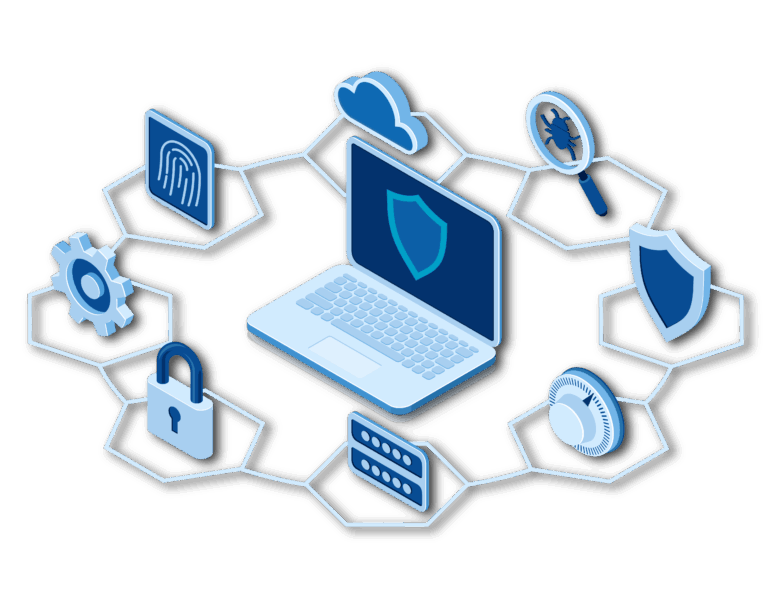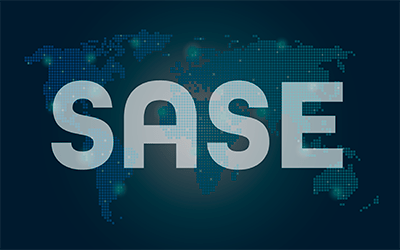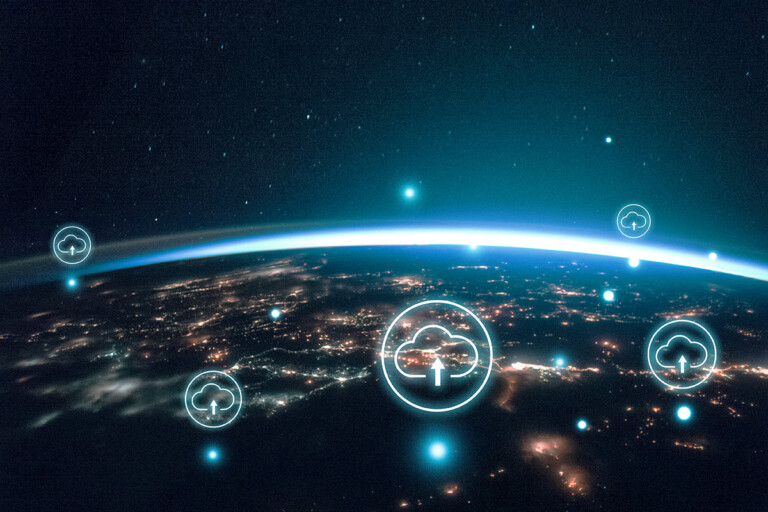Home » Products & Services » Company Information Security Services » Remote Work Security
Remote Work Security
How is your company's remote work and mobile users protected?
If user is
not in the office
(behind the firewall), how the network environment and company data
is protected?

Remote Work Security
Remote work is now an essential part of many companies' operations, and the importance of information security has grown even more. Protecting data centers and applications may be everyday life for many, but in a mobile remote and hybrid work environment, it is important to also remember to protect endpoints and mobile devices so that the company can operate in a secure IT environment.
If the user is not in the office (behind the firewall), traditional firewalls are no longer enough to protect the company's data, networks and users, and more modern solutions are needed. Modern remote work security is essentially related to the terms SASE, Zero Trust and the security solutions provider Cato Networks, which we will tell you more about in this section.
The post-firewall era
Traditional firewalls have long been the foundation of information security, but they are no longer enough to protect a company's networks and data. Today, multi-layered security solutions are needed to address complex and evolving threats. In addition, remote working and the use of cloud services have made corporate network architectures more complex.
SASE (Secure Access Service Edge)
SASE combines network and security functions into a single cloud-based service. It provides a comprehensive and flexible solution that enables secure access to corporate resources from anywhere. SASE solutions include SD-WAN, firewalls, threat prevention, and a Zero Trust model.
Zero Trust
Modern technology allows cybercriminals to constantly find new and more creative ways to carry out attacks, and for this reason, many companies have moved to implement the “Zero Trust” model, the idea of which is that nothing is trusted. The Zero Trust model assumes that the network environment is under constant attack and all data traffic, both outgoing and incoming, is under surveillance. Many companies have made expensive purchases to ensure that the workplace network environment is secure. However, in today's remote and hybrid work model, employees' computers are no longer always located in the company's managed and secure network environment, but instead use public Wi-Fi networks in employees' homes or, for example, public spaces.
The Zero Trust model is based on the idea that nothing inside or outside the network should be automatically trusted. All users and devices must be identified and authorized before they are granted access to corporate resources. This model helps prevent unauthorized access and reduces the risk of data breaches.
Cato Networks
Cato Networks offers a cloud-based SASE solution that unifies network and security functions into a single entity. Cato Networks's solution enables cost-effective and flexible transitions between remote and office work. It provides comprehensive security that protects users and devices regardless of their location.
What does SASE mean? SASE combines network and information security functions into a single cloud-based service, providing a comprehensive and flexible solution that enables secure access to corporate resources from […]
SASE - The solution to the security challenges of modern business
The digitalization of the business world has changed the playing field significantly, offering both new opportunities and challenges. One key challenge that organizations face is information security […]



